January 25th, 2023
Hear from Jude Shingle, the visionary behind ECAT’s arts program, as he unveils the philosophy that shapes our unique educational experience.
ECAT’s arts program is the brainchild born from Jude Shingle’s art expertise and philosophical outlook on education. So, when asked to describe the robust program in a few words, it’s not surprising that the question turns his eyes into dinner plates. To be fair, I did catch him while he was calculating matboard cuts (for goodness’ sake, don’t ask me to be concise while doing math). With characteristic thoughtfulness, Jude highlighted the three ways our program is designed differently than most: our model, culture, and teaching artists.
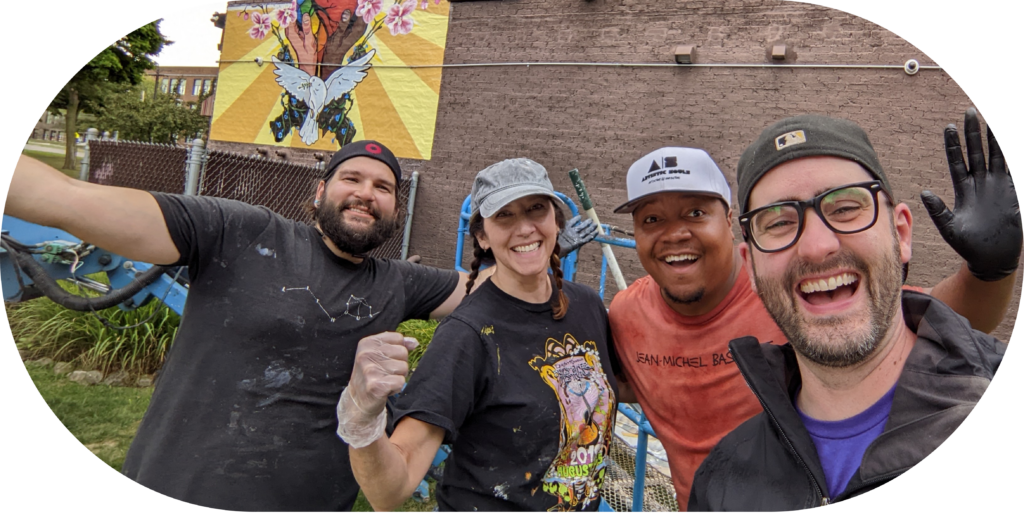
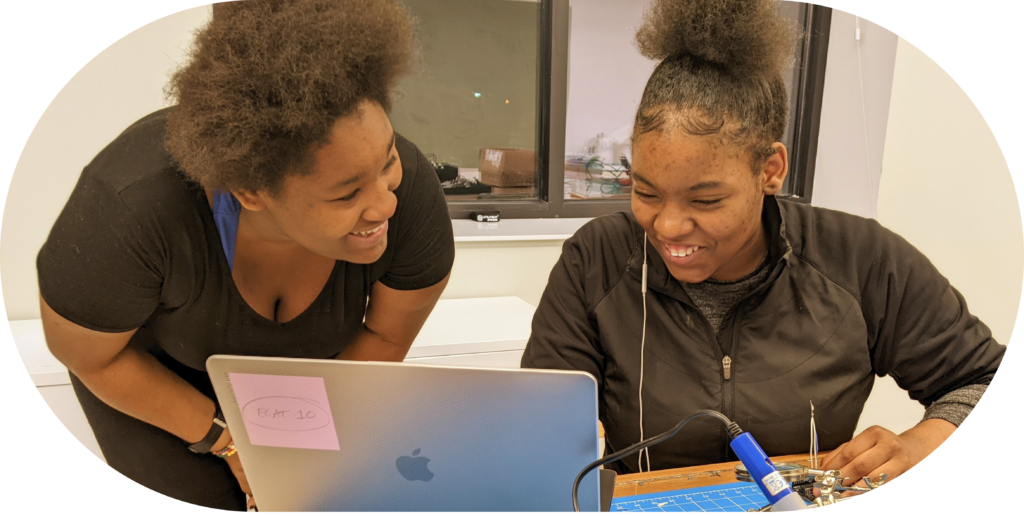
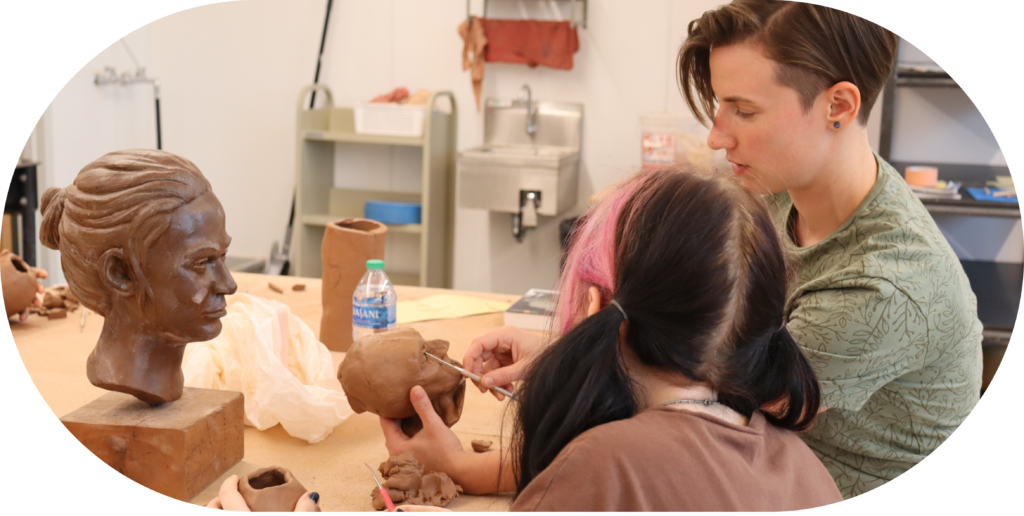
Our Model: Equitable Access
ECAT’s afterschool programs transcend traditional academic experiences. “Lately I’ve been thinking of our afterschool programs as a community of artists,” Jude says, “here you’re choosing to be a part of a community of friends outside of your peer group at school.”
The diverse student body is drawn from public, private, and home schools across Erie County. Our classes are populated with students of different skill levels, socio-economic backgrounds, identities, and access to the arts. And ECAT takes a bold stance on access.
“Access to ways to creatively express yourself is a human dignity, it’s a human right.”
Another way our program differs from traditional experiences: our students are provided the highest quality professional-level art materials, for free. ECAT’s art program was modeled after the Manchester Craftsman Guild, an educational organization designed to provide free arts programs to under-resourced Pittsburgh neighborhoods. So, our programs are offered at no cost to Erie County residents. By eliminating cost barriers, ECAT ensures that art education is accessible to everyone in Erie County.
“As families look at their limited resources, it’s sometimes hard to invest in extracurricular activities, not everyone has that ability. But also, art is expensive. Supplies are expensive. Finding capable arts instructors is expensive.” Across all of ECAT’s programs, we strive to break down barriers, not put them up. It’s our fundamental belief that everyone deserves access to the best possible resources, the best educational opportunities, and the best environment in which to learn and grow. And not just basic supplies, but supplies you can do complex things with, giving students the opportunity to express themselves in complex ways.
Our Culture: Facilitating a “Sticky” Experience
Creating a safe space for students is paramount. Our culture encourages students to be themselves, validates creativity and encourages personal growth. At ECAT, that journey of growth involves being challenged. Safe, but challenging = sticky.
Our program is focused on a kind of art making that few students have access to at this age, it’s more what you’d expect to see in college. “It is very student-led” explains Jude, “we give them enough structure to succeed, but let them choose what they want to learn” This is facilitated with a “guide by the side” approach; students take the lead while our teaching artists demonstrate technique and assist students in navigating problem-solving and perseverance. Their main goal is to facilitate the development of a student’s creative practice, to help them build confidence amid complexity and uncertainty.
Uncertainty can come from sharing artwork with the community. It takes courage to share what you’re working on with others, especially if it isn’t turning out how you imagined. But that feedback loop is invaluable for the development of creative resiliency. Sharing happens both in the halls of ECAT, where we require students to display their work, and at our student shows, which are open to the public.
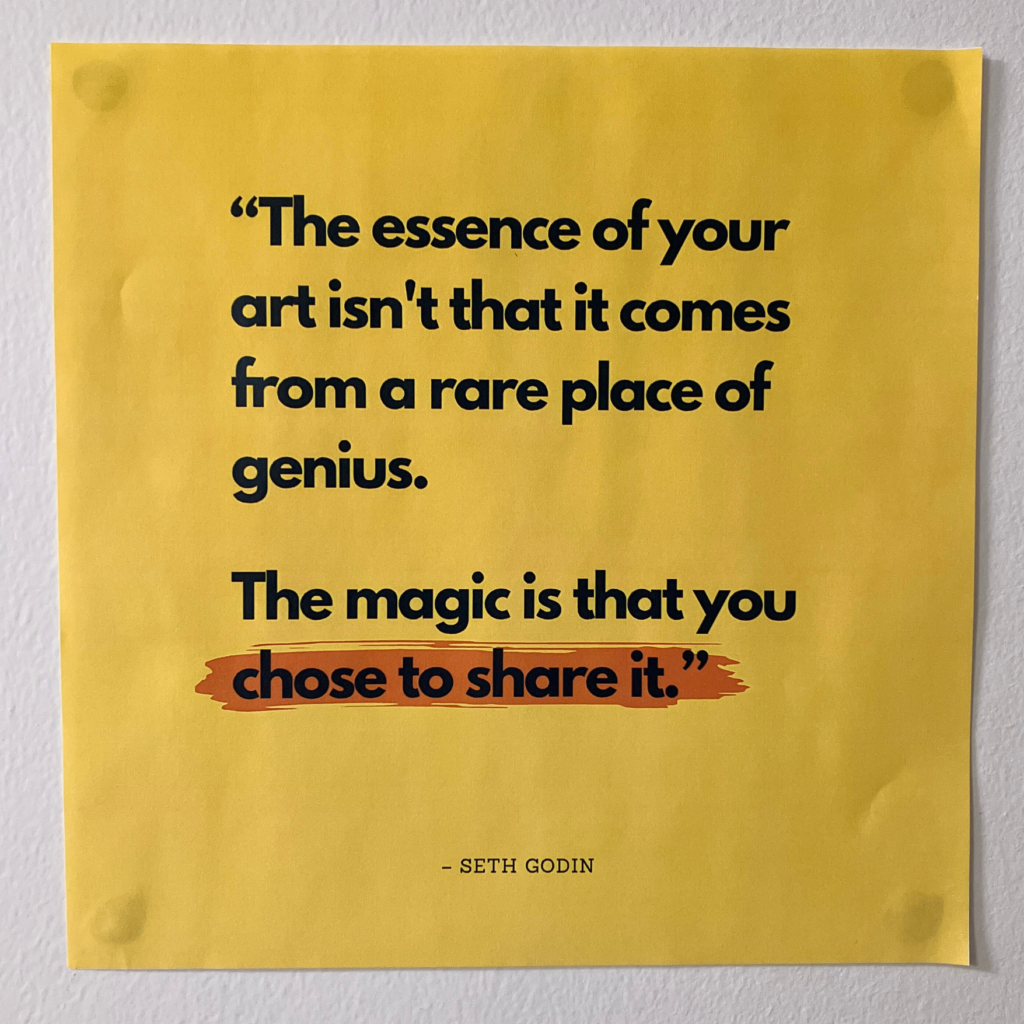

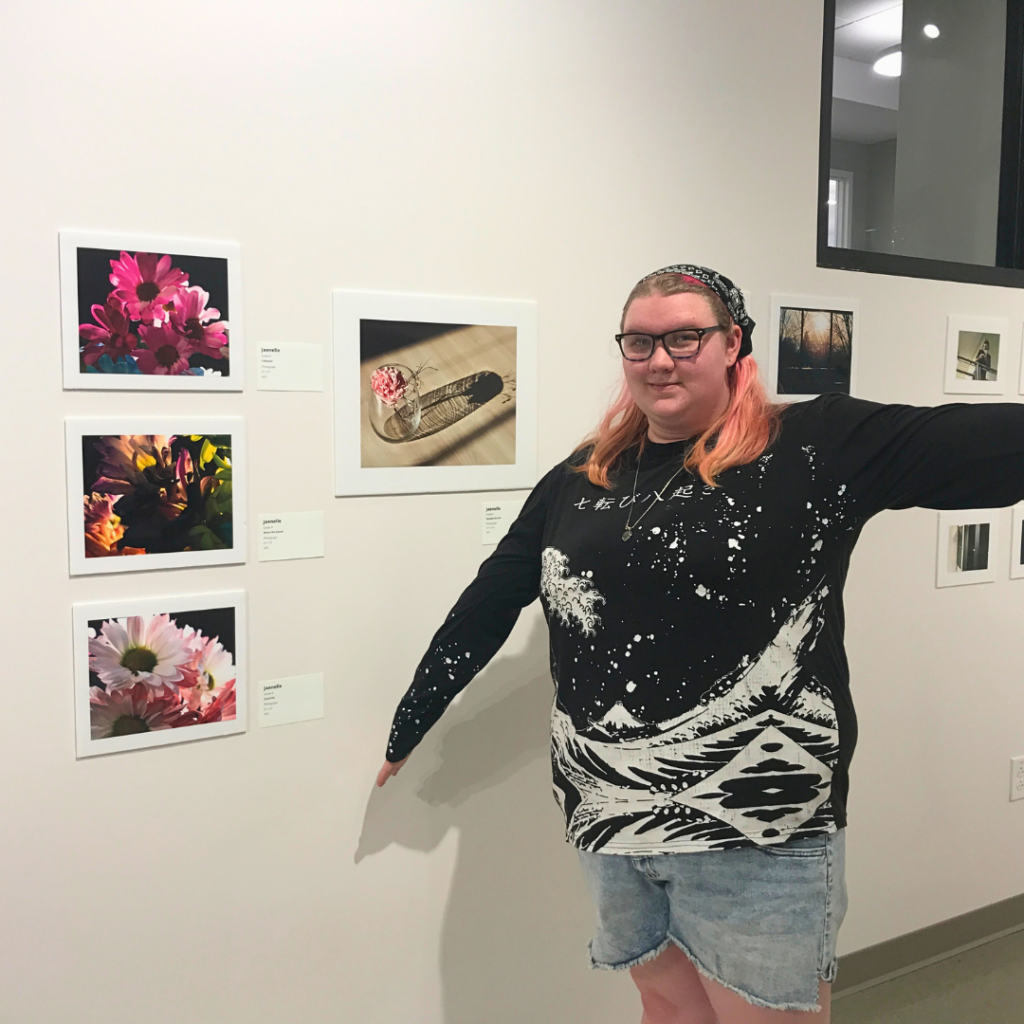
For students that grow with us over multiple seasons, the goal is to see them really take ownership of an art process. In whichever mediums they gravitate to, we want them to feel confident they can explore, brainstorm, reflect, pivot, try again. Through this creative complexity, they gain confidence in a particular medium or art process, and the inevitable process of receiving feedback.
Building that nuanced experience for students requires both thoughtful planning and teaching artists who are committed to executing that culture in their classrooms. Artists are trained at the beginning of each art season in the philosophy, language, and best practices to facilitate that experience for our diverse student body.
Our Teaching Artists: Guiding Growth

Our (incredible) educators are working artists, they’re in the field publicly creating artwork in their mediums. That’s important to us. We want artists to be curious in their medium, continuing to challenge themselves, and model that practice for students. Not all of our teaching artists have a background in educating, “though many are excellent at that” Jude makes a point to say. “So, we try to build a community where we can learn from each other and increase our teaching skills.” One of the ways ECAT builds a collaborative community of teaching artists is through our Creative Educators Book Club.
This monthly intellectual adventure meets in our studios or elsewhere in the city (we love field trips). “It’s the coolest book club because it’s only one chapter of reading per month. And we have wine and Cheez-Its and tea.” Disclaimer: we’re not sponsored by Cheez-Its, but hey – you know where to find us. “Topics are sometimes very directly related to education, or sometimes it’s other forces that impact education – like artificial intelligence.” Book Club was inspired by the unfortunate reality that being a teacher can be isolating and breed disconnection. Teachers are typically in a classroom alone with little opportunity to observe other teachers in their element or receive feedback from peers. “Book Club is a support group!” explains Jude, “And we’ve opened the community for not just ECAT teachers, we welcome all kinds of teachers in the community. We’re cross-pollinating ideas and participants are getting a lot out of having a support network for education.”


How does this training translate into cultivating the sticky experience for our students? As El, 11th-grade art enthusiast from Collegiate, explains it, the sticky experience is about more than just art: it’s about patience, resilience, and embracing the unexpected. In her own words, “art takes time! I had to constantly let things dry. I had to sand foam or paint and it was very irritating because I just wanted to get it completed.” El was learning how to construct sculptural pieces in her Cosplay class, taught by Raiden Kubiak. “But then I realized that if I slow down and take more time on it, it’ll turn out better, which is exactly what happened!” Raiden’s class, a new medium for all the students, challenged El and her classmates to break their preconceived notions about how familiar materials work; El is very comfortable with traditional ceramics clay, but modeling clay is a different material and behaves differently. That means things may not act in the way they expect, this clay can be layered, it’s lighter, it has a different durability, and they need to practice patience and an open mindset to rework those connections in their brains to achieve the desired outcome. Sticky!
Stick Around for the Artistic Adventure!
And there you have it, the colorful canvas that is ECAT’s arts program! Jude Shingle, our visionary, has painted the picture of the unique culture and value set that defines our unique educational experience.
From breaking down cost barriers and providing top-notch art materials, to fostering a culture where students feel safe, challenged, and encouraged to share their artistic endeavors, ECAT strives to provide equitable art education for our community.
So, whether you’re a budding artist, an art educator, an art appreciator, or find that our values resonate with you, stick around with ECAT for an artistic adventure that promises to be anything but conventional.

